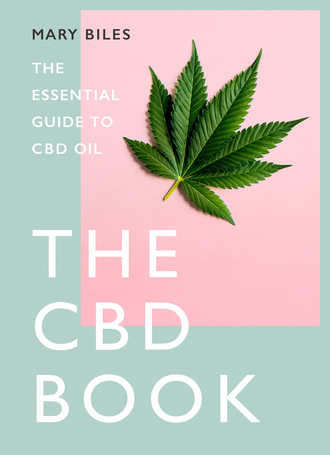
Полная версия
THE CBD BOOK

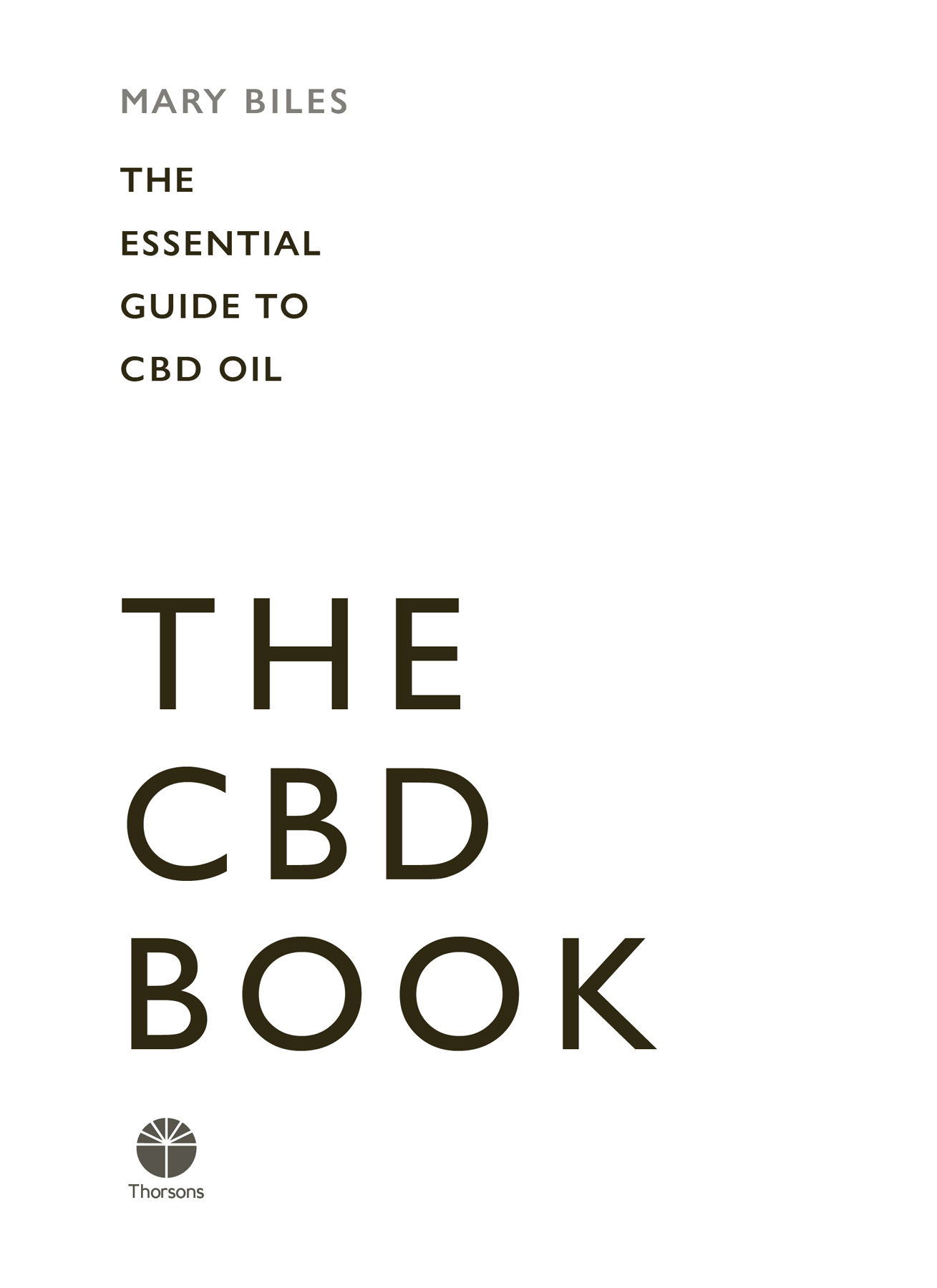
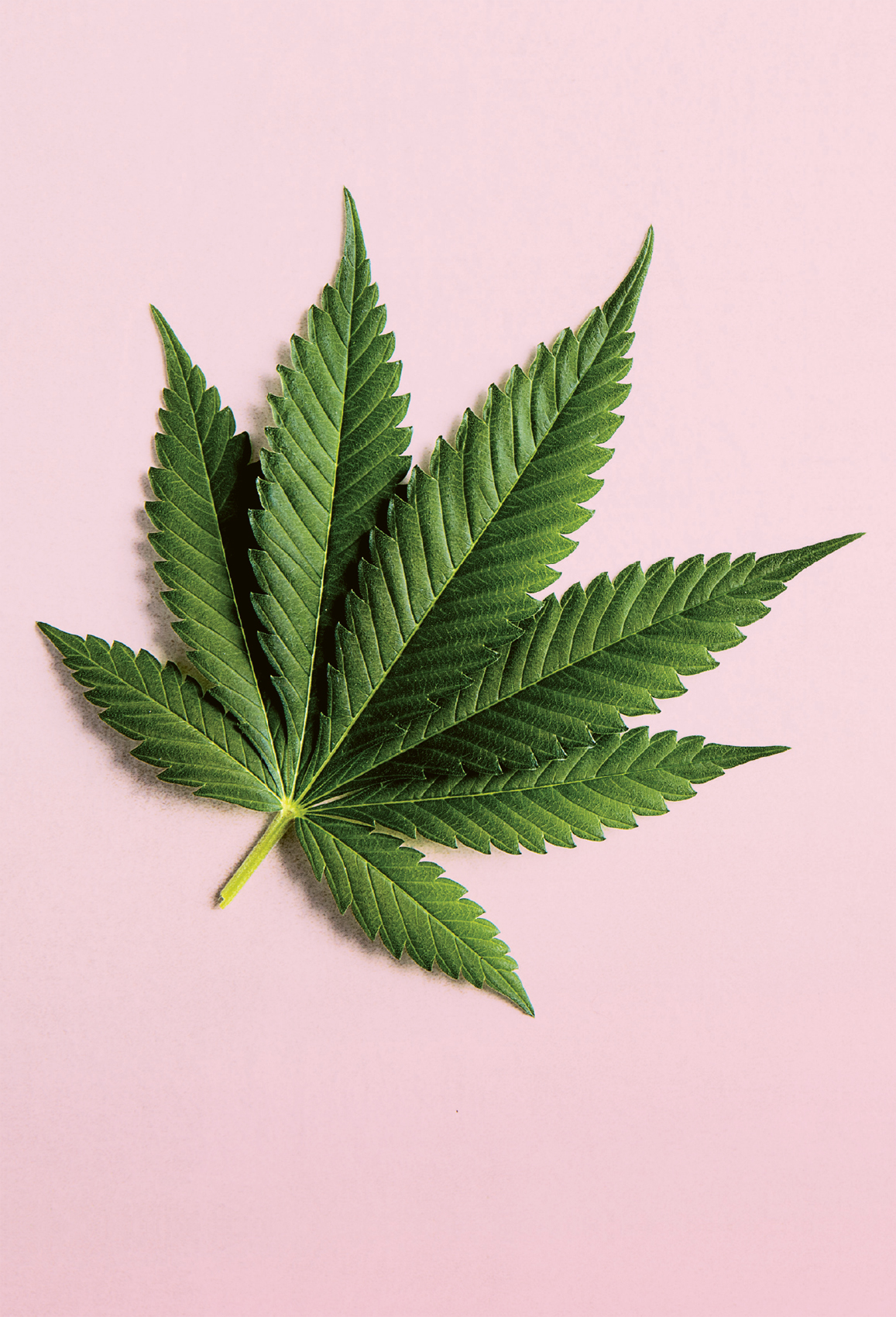
COPYRIGHT
This publication contains the opinions and ideas of its author. It is sold with the understanding that the author and publisher are not engaged in rendering health services in the book. The reader should consult his or her own medical and health providers as appropriate before adopting any of the suggestions in this book or drawing inferences from it. The author and publisher specifically disclaim all responsibility for any liability, loss, or risk, personal or otherwise, which is incurred as a consequence, directly or indirectly, of the use and application of any of the contents of this book.
HarperCollinsPublishers
1 London Bridge Street
London SE1 9GF
www.harpercollins.co.uk
First published by Thorsons, an imprint of HarperCollinsPublishers 2020
© Mary Biles 2020
A catalogue record of this book is available from the British Library.
Mary Biles asserts the moral right to be identified as the author of this work.
All rights reserved under International and Pan-American Copyright Conventions. By payment of the required fees, you have been granted the nonexclusive, non-transferable right to access and read the text of this e-book on screen. No part of this text may be reproduced, transmitted, downloaded, decompiled, reverse engineered, or stored in or introduced into any information storage retrieval system, in any form or by any means, whether electronic or mechanical, now known or hereinafter invented, without the express written permission of HarperCollins e-books.
Find out about HarperCollins and the environment at www.harpercollins.co.uk/green
Source ISBN 9780008403065
Ebook Edition © July 2020 ISBN: 9780008403072
Version 2020-07-13
CONTENTS
Cover
Title Page
Copyright
Foreword
Introduction

From Zero to Hero
A Potted History of CBD and Medical Cannabis

Snake Oil or Miracle Cure?
What is CBD?
How CBD Works
CBD and the Endocannabinoid System

Of Mice and Men: How a Drug Gets to Market and Why It Matters
Addiction
Anxiety
Autism
Autoimmune Diseases
Cancer
Chronic Pain (Fibromyalgia, Arthritis)
Coronavirus
Depression
Epilepsy
Heart Disease and Hypertension
IBS and Inflammatory Bowel Disease
Neurodegenerative Diseases (Alzheimer’s, Parkinson’s, MS)
Psychosis
PTSD
Skin Conditions
Stroke and Brain Damage

CBD for Stress Management
CBD for Sleep
CBD and Women’s Health
CBD for Focus and Concentration
CBD as a Sports Supplement
CBD and Beauty

Choosing a CBD Product
Getting Maximum Bang for Your Buck – Why Bioavailability Matters
What Types of CBD Product Are Available?
Choosing the Best CBD Product for You
A CBD Checklist
CBD Dosing – Finding Your Own Sweet Spot
CBD Drug Interactions
How to Take CBD: Frequently Asked Questions

Ava Barry, Dravet Syndrome
Emily Wilson, Anxiety and PTSD
Jo Moss, Fibromyalgia and Chronic Fatigue Syndrome
Niall McCartney, Autism
Eve Roginska, Managing Steroid Withdrawal
Victoria Clarkson, Managing Side Effects of Chemotherapy
Jade Proudman, Bowel Disease
Dan Rodwell, Crohn’s Disease and Guillain-Barré Syndrome
Lin Coxon, Breast Cancer
Afterword
Useful Resources
Glossary
References
List of Searchable Terms
Acknowledgements
About the Publisher
IN MEMORY OF CHARLOTTE FIGI
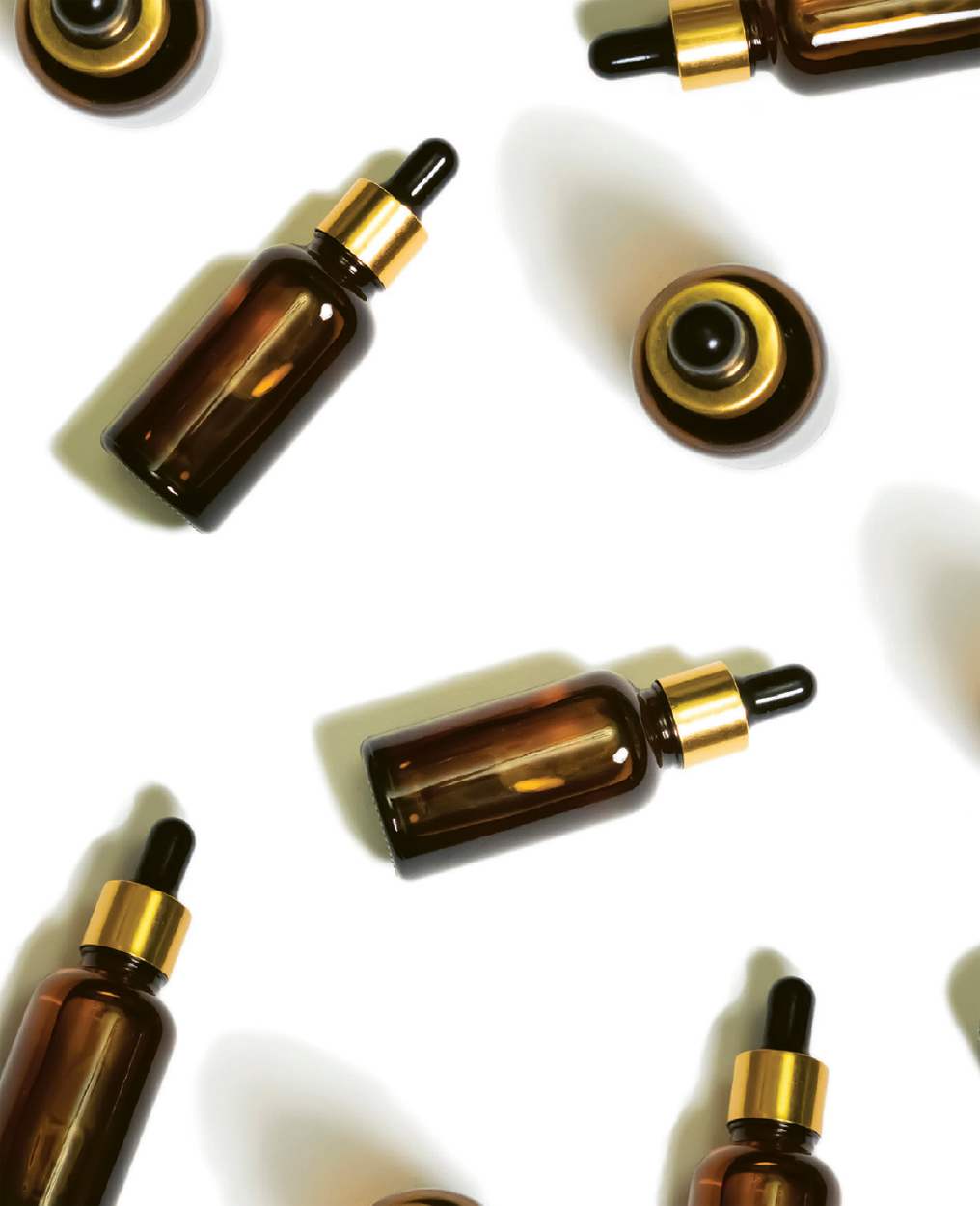
FOREWORD
It was the early 2000s; I had recently been awarded my PhD, and had been given funds to start up a new research group. I was keen for the research to be translational, so I approached a number of clinicians to identify areas where science could supplement clinical observations. One doctor came up to me and mentioned how an increasing number of his patients were smoking cannabis while on their chemotherapy. This innocuous remark led to a research journey into the activities of the active ingredients in the cannabis plant, which has helped us to understand the complex nature of these compounds.
There is no doubt that a number of these compounds possess biological activity – the number of phone calls that I get every day from patients using them attests to that. It does not take long for people to read how phytocannabinoids such as CBD have helped with their diseases. They feel this is their way to tackle their own disease. However, a common theme of these calls is the lack of good, concise information. Answers to fundamental questions are desperately needed.
This book provides answers to these questions about CBD: what is it, how does it work and more importantly, is it right for me? It has been written by Mary, whom I have known for about a year. She has interviewed me a number of times about my work, and I have been impressed by the style of her writing. She has the journalistic flair to deconvolute a subject; to identify the key parts of the narrative, and then to present it in a way that is easy to grasp. It is not enough to just have a knack for documenting a story, you need to immerse yourself in it; Mary has explored this field for a number of years, which has given her an insight to what people really want and need to know.
Dr Wai Liu
Senior Research Fellow
St George’s, University of London
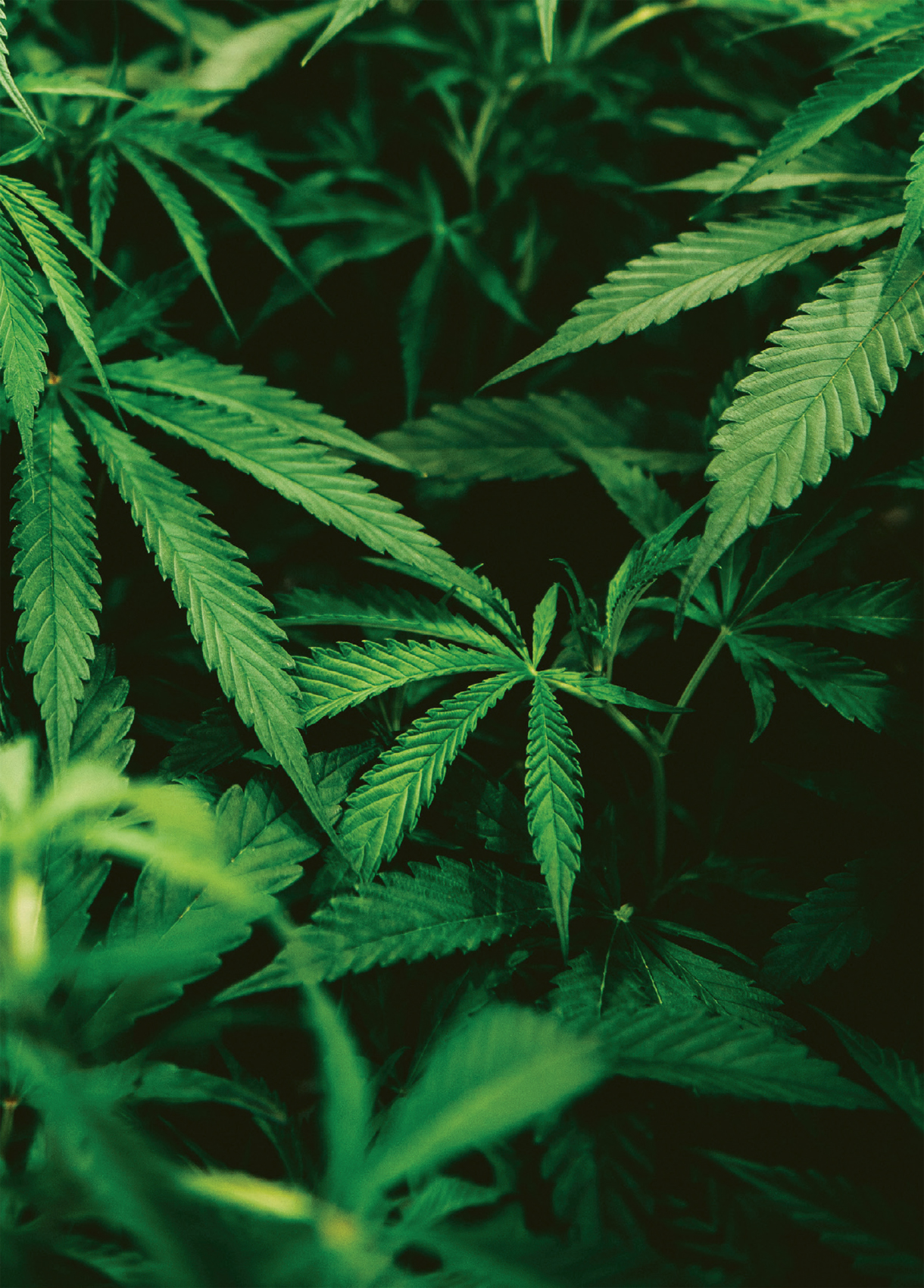
INTRODUCTION
If you’re reading this book, it’s almost certainly because you’re ‘CBD-curious’ or already taking CBD products. Perhaps you’ve googled ‘buy CBD’ and found yourself bamboozled by the dizzying array of CBD companies all claiming to have the best-quality CBD oil on the market.
Then there’s the question of which type of CBD product to buy. Should you go the CBD oil route, choose CBD capsules, CBD topicals or even vape it? And it’s not like CBD is easy on the pocket, so making the right choice and not coming away with some kind of snake oil is incredibly important.
I am not a doctor and I won’t be giving any medical advice in this book. However, as the resident CBD expert on the block, I can’t tell you how many times I get asked for tips on how to navigate the complicated maze of CBD companies and their products.
Next comes the clear-as-mud instructions on how much CBD to take. With medication and health supplements, we’re used to getting precise dosing instructions; being told to start low and go slow while listening to our body is something we are just not accustomed to.
But this is just the invitation I make to anyone embarking on their CBD adventure. It is an opportunity to get better acquainted with ourselves, asking what our bodies and minds really need right now. For many, CBD can be a real game changer, facilitating a feeling of wellbeing not experienced for a long time. That said, CBD is not a panacea and for others it may not have such an effect.
However, it’s imperative to start from a baseline of choosing a product that is clean, safe, free from any hidden nasties such as pesticides, heavy metals and mould, and more importantly, contains precisely the amount of CBD it says on the label.
This may sound obvious, but in 2019 the Centre for Medical Cannabis tested 30 CBD products found on the high street and online. Only 38 per cent contained within 10 per cent of the CBD advertised and one high-street pharmacy CBD oil had no CBD at all. Another CBD product contained 3.8 per cent alcohol, qualifying it as an alcoholic beverage.1 Shocking, right?
At present, the CBD market is at best self-regulated, and at worst a kind of hemp Wild West. As a consumer, it is almost impossible to know the reputable, compliant companies from the dodgier variants on the market.
This is where I, as author of The CBD Book, come in. After a varied career spent in TV production, journalism and complementary therapies, fate brought me in contact with the medicinal properties of cannabis and hemp. Before I knew it, I was immersed in the CBD industry, interviewing top cannabinoid scientists and writing for one of the original European CBD pioneers. It was very much a baptism of fire, but I came out the other end with an insider’s knowledge that I want to share with you, the CBD consumer.
Reading The CBD Book will give you invaluable tips from an industry expert to help guide you through the confusing process of incorporating CBD oil into your day-to-day life – whether it’s for wellness reasons or because you hope CBD may help with the more complex needs associated with illness.
HOW TO USE THIS BOOK
To get the most benefits from both the book and CBD oil itself, it’s important to understand how CBD interacts with the body, as well as having a realistic view of current scientific research. Therefore, I recommend reading the book in order, although it’s also OK to cherry-pick the chapters that most resonate with you and your needs.
If science isn’t your thing, don’t panic. As a writer (and non-scientist), my modus operandi is to be a bridge between the big-brained molecular biology types and ordinary people like you and me who just want to understand how CBD might be beneficial to our health.
So, I do recommend spending some time reading the ‘CBD Basics’ chapter, in particular the sections on the endocannabinoid system, which I will return to at various points in the book, especially when I cover CBD research.
‘How To Take CBD’ is an important section for getting a practical handle on how to choose the best CBD product for you, and it will clear up any confusion about the different types of CBD products on the market. Questions about how to find the right dosage and potential drug interactions will also be covered.
Finally, to get a true sense of how CBD can empower people’s lives, I strongly recommend reading the series of case studies.
Whichever way you choose to enjoy the book, incorporating CBD into your life will take you on an exciting journey of self-discovery. A journey I am delighted to join you on.
01
THE HISTORY OF CBD
From Zero to Hero
If you’d told me five years ago I’d be educating the world about a compound in cannabis called CBD, I’d have said you’re out of your mind. That’s because back then CBD, or cannabidiol as it’s officially known, was barely heard of outside medical cannabis communities in Colorado and California. These days, CBD oil can be found on most high streets, where health-food stores, pharmacies and even supermarkets are stocking CBD products. And we’re not just talking your bog-standard CBD oil drops. Oh no, CBD can be found in everything from cocktails, coffee, beer, hummus, bath bombs, mascara, moisturiser and even ladies’ active wear.
CBD is literally everywhere and everyone wants to get in on the act. This shouldn’t be a huge surprise when you consider the global CBD market is predicted to be worth $16 billion by 2025.2
Current estimates suggest 8 to 11 per cent of Brits3 and 14 per cent of Americans4 have tried CBD oil, and this number looks set to rise even further.
Perhaps CBD’s most vocal fans have been the host of A-list celebrities singing its praises. Kim Kardashian threw a CBD-themed baby shower, Jennifer Aniston uses CBD to help with stress and anxiety; and Mandy Moore protected her feet against an unforgiving red carpet by rubbing CBD oil into her heels.
But how did CBD go from a cannabis nobody to a global wellness phenomenon?
A POTTED HISTORY OF CBD AND MEDICAL CANNABIS
CBD as a compound was only discovered 80 years ago. However, it has been present in the cannabis used medicinally and in our diet throughout history. That’s why in order to tell the CBD story, we must consider the historical use of cannabis as a whole.
Cannabis and hemp have been used as a medicine, a source of food and a durable fibre for thousands of years. In 2900 BC, Chinese Emperor Fu Hsi was first to mention the medicinal properties of cannabis, but since then it has been pretty much part of the pharmacopoeias of all civilisations, including the Egyptians, the Ancient Greeks and the Romans.
In the 19th century, using cannabis medicinally became widespread after the Irish physician William O’Shaughnessy returned to European shores with knowledge gained from his time in India. Rumour has it, Queen Victoria was even given cannabis by her doctor to treat menstrual cramps.
CANNABIS DISAPPEARS FROM OUR MEDICINE CABINET
At the beginning of the 20th century, it wouldn’t have been unusual for doctors to prescribe cannabis tinctures for everything from headaches to rheumatic pains or convulsions. However, just a decade later in post-prohibition America, the newly appointed head of the Federal Bureau of Narcotics, Harry Anslinger, turned his attention to demonising cannabis. And so began a relentless campaign linking cannabis to all societal ills, fuelled by Anslinger’s own prejudice against people of colour and Mexicans, who were the predominant cannabis users at the time.
With the passing of the Anslingerdrafted 1937 Marihuana Tax Act, it became effectively illegal to sell cannabis medicinal products in pharmacies in the United States, and with this began 70 years of cannabis prohibition.5
The US was not alone in its bid to wipe the world clean of cannabis. In 1961, 185 countries signed the Single Convention on Narcotic drugs, committing themselves to limiting the consumption, possession and trafficking of narcotic drugs to medical and scientific purposes. With pressure from the United States, the convention included cannabis in both Schedule 1 and Schedule 4; a classification reserved for drugs such as heroin that pose serious risk of abuse and have limited therapeutic value.6
Member states like the USA and UK subsequently fulfilled their treaty obligations, introducing the 1970 Controlled Substance Act7 and 1971 Misuse of Drugs Act8 respectively, classifying cannabis as dangerous and without medicinal benefit.
What does this have to do with CBD, you may ask? Well, CBD is a compound found in Cannabis sativa – the Latin term for what we know as cannabis, marijuana and hemp. We now know that CBD does not get us high, but Anslinger and his cronies neither understood nor cared about the complexities of the cannabis plant; they were just intent on banning it outright.
Sadly, a consequence of this 70-year global cannabis prohibition has been the stifling of crucial research into all the plant’s constituent parts, including CBD, as well as an overall stigmatisation of cannabis as medicine.
THE DISCOVERY OF CBD
The scientific world has known about CBD since 1940, when American organic chemist Roger Adams discovered CBD (cannabidiol) in his lab. In 1963, Professor Raphael Mechoulam, affectionately known as the grandfather of cannabis science, mapped out CBD’s structure, and in 1965 became the first scientist to synthesise CBD.9
It was Mechoulam who initially shone a light on CBD’s medicinal potential. In 1980, he gave the compound to eight patients with epilepsy over four and a half months.10 Four subjects were almost seizure free during the study and three others noted significant improvement. Plus, CBD was found to be non-toxic and free from serious side effects. Professor Mechoulam was convinced this would be the beginning of a CBD revolution in medicine, but it took another 25 years for these studies to be taken seriously.
That’s not to say CBD’s brain-protecting potential had gone unnoticed. In 2003, the US government was granted a patent for the use of CBD as a neuroprotectant and antioxidant in neurodegenerative diseases and strokes.11 A somewhat perplexing position when you consider that federally cannabis was considered without any accepted medical benefit.
But what was laid down by federal law was not necessarily followed by certain states within the US, and in 1996 California became the first state to legalise medical cannabis, followed two years later by Colorado and Oregon.
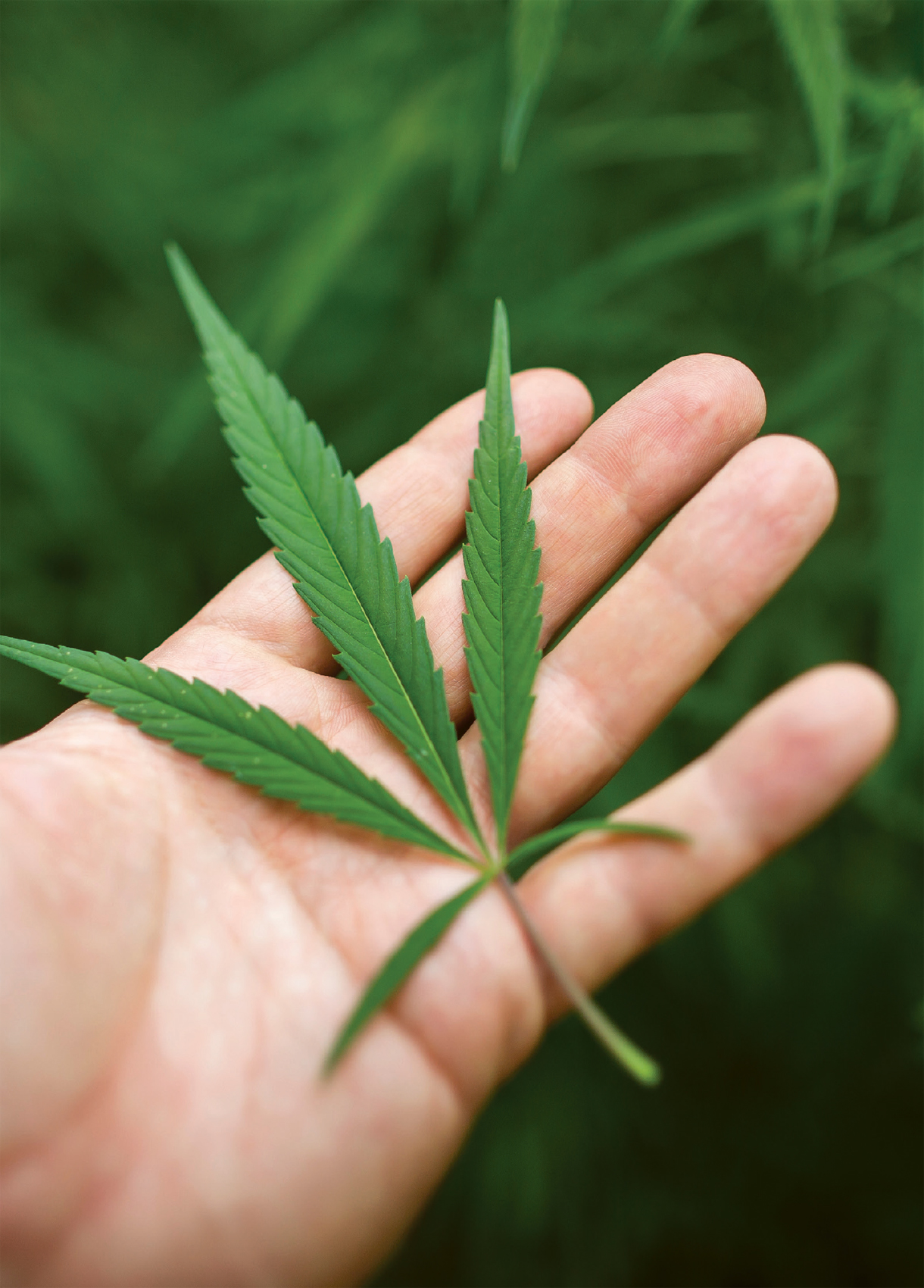
CHILD WITH EPILEPSY INTRODUCES CBD TO THE WORLD
While CBD made it into California’s medical marijuana programme in 2009, in the annals of CBD history, Colorado could be considered the birthplace of its current boom. Around the same time the Stanley Brothers, five clean-living Christian brothers, tentatively entered the world of medical marijuana after they began giving cannabis oil to patients with cancer and multiple sclerosis in Colorado.
They went on to open a couple of dispensaries, but had trouble shifting one particular cannabis oil they’d christened ‘hippies’ disappointment’. High levels of CBD and virtually no THC meant the cannabis oil had no intoxicating effect, and was of little interest to the majority of customers.
However, it proved to be a game changer for Colorado resident Paige Figi, mother of five-year-old Charlotte, who had been researching the anticonvulsant effects of CBD. Little Charlotte had a rare epileptic condition called Dravet Syndrome, which saw her suffering upwards of 300 seizures a week. Unresponsive to conventional treatment, Charlotte’s cognitive development had been severely impaired and it was likely a huge seizure could end her life at any time.
In desperation, Paige turned to the Stanley Brothers who gave her their CBD oil to try. In what seemed like a miracle, Charlotte’s seizures dramatically reduced, and soon the word got out to the parents of other children with epilepsy.
However, it was in 2013 when CNN’s health correspondent Dr Sanjay Gupta made the documentary ‘Weeds’ featuring Charlotte’s story, that CBD oil went truly mainstream.
EUROPE TURNS HEMP INTO A CBD GOLDMINE
Like anything cannabis-related, the UK and Europe took a while to catch up with the CBD oil trend sweeping the US.
By 2014, a few European early pioneers were selling CBD oils. Made from industrial hemp, these CBD products contained only trace amounts of THC, the illegal part of cannabis responsible for the high. Hemp had been grown for its durable fibre and nutritious seeds in Europe for hundreds of years; however, using hemp flowers to make CBD oil was a new departure.
As knowledge emerged about the health-giving properties of CBD, a few savvy individuals realised this could be an innovative way to make cannabis oil legally available to the general public. And with that, the European CBD industry was born.
In the UK, the Home Office does not permit farmers to cultivate hemp flowers and buds, which remain ‘controlled’ parts of the plant. Unfortunately, only small amounts of CBD are found in hemp leaves and stalks, so most CBD oil companies source their products from European-grown hemp.
CBD GETS REGULATED (SORT OF)
Back then, CBD oil was talked about in hushed tones and was almost exclusively sold on the internet. Companies waxed lyrical about CBD’s seemingly miraculous powers to heal almost any ailment, including the scary ones like cancer. This caught the attention of the UK’s Medicines and Healthcare Products Regulatory Agency (MHRA), an executive agency of the Department of Health and Social Care responsible for ensuring that medicines are effective and safe.
Medical claims can only be made for products licensed (usually pharmaceutical drugs) by the MHRA, the European Medicines Agency (EMA) or the United States Food and Drug Administration (FDA). Authorisation is a lengthy and costly process involving three stages of clinical trials. CBD oils sold on the market as food supplements back then have not been through any of these processes.
However, Sativex, a cannabis-based pharmaceutical drug containing CBD (and THC) was already approved by the MHRA for multiple sclerosis patients. The MHRA were also aware of a growing body of scientific research suggesting CBD may treat certain diseases and could therefore be considered a medicine.
So, in October 2016, the MHRA concluded that ‘products containing cannabidiol (CBD) used for medical purposes are a medicine’.
This meant that CBD companies had to immediately remove any medical claims from their marketing materials in order to continue selling their products. This is the reason why reputable CBD companies will never suggest CBD cures or treats health conditions on their websites or packaging.
Similar warnings have been issued by the FDA in the United States. However, the situation there is rather more complicated. As a compound extracted from cannabis, CBD continues to be classified as a Schedule 1 drug by the US Federal Government and, as such, is not approved as a prescription drug or dietary supplement and is not allowed to be sold interstate. However, in states where some form of medical cannabis has been legalised, CBD oil is as ubiquitous – if not more so – than the UK.



